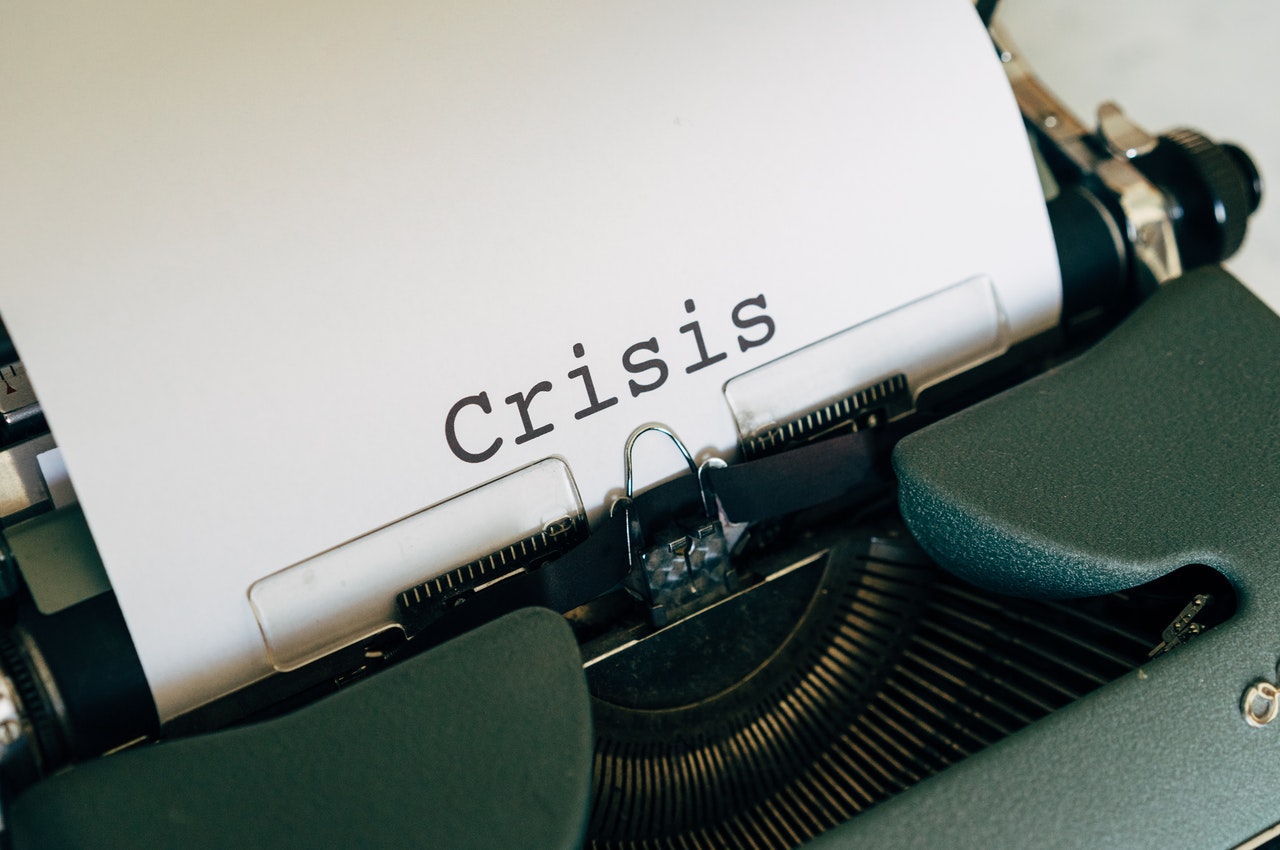What should you do when the need for crisis management appears out of nowhere?
A local police officer walks into your coffee shop and an employee decides to label them as *PIG* in the system. What exactly were you supposed to do to prevent that?
Unpreventable crises happen all the time, just ask Starbucks, which seems to attract more than its fair share of them…though when you consider that in my native Southern California there are often two or more within a single city block maybe it’s surprising there aren’t more? The incident described above did actually happen in an Oklahoma Starbucks, on Thanksgiving no less, and drew an upset social media post featuring the offensive label from the officer’s chief who lamented this type of treatment for someone who had foregone turkey and football to take over the often-brutal law enforcement holiday shifts.

While training and reminders are important for more complex matters like crisis management protocol, there’s not a whole lot you can do about someone deciding on the spot to do something that’s guaranteed to cause trouble. What you CAN do is be prepared for the inevitable moment when a crisis appears out of nowhere. After all, while you can’t predict the specifics of every single issue that might impact your organization, it is quite realistic to predict the various categories of problems you may face. Think broad here – things like employee misconduct, natural disasters, supply chain interruption and unexpected litigation should be on the list.
Starbucks is no stranger to crises related to random employee misconduct (give it a quick search if you’re curious) and this experience shows in the speed and quality of the brand’s response. First came a statement from Starbucks itself:
Statement from Starbucks spokesperson (Updated Friday, Nov. 29, 2019 at 3:45 p.m. PT)
Nov. 28, 2019
This is absolutely unacceptable, and we are deeply sorry to the law enforcement officer who experienced this. We have also apologized directly to him and connected with the Chief of the Kiefer Police Department as well to express our remorse.
The Starbucks partner who wrote this offensive word on a cup used poor judgement and is no longer a partner after this violation of company policy.
This language is offensive to all law enforcement and is not representative of the deep appreciation we have for police officers who work tirelessly to keep our communities safe.
Then, a joint statement from both Starbucks and the police department itself, likely generated with a quick phone call and coordination between the local Public Information Officer and the Starbucks crisis management team:
Starbucks and Kiefer Police Department will work together in coming days to promote greater civility and understanding.
Starbucks and the Kiefer Police Department issued the following statement Friday, Nov. 29, 2019:
Starbucks and the Kiefer Police Department are committed to using this regrettable incident as an opportunity to leverage our shared platforms to promote greater civility. In the coming days, Starbucks will be meeting with the Kiefer Police Department to begin discussing ways to work together, including a jointly hosted Coffee with a Cop event at Starbucks where local law enforcement can meet with baristas and members of the community to discuss the critical role dispatchers and police offers play in keeping our communities safe. Together with law enforcement agencies, Starbucks will jointly look for educational opportunities for our partners across the United States to promote better understanding and respect.
With a few relatively simple steps it was made clear that this employee’s actions were far outside the bounds of Starbucks practice or protocol, and that Starbucks as a brand fully supports law enforcement’s efforts in the communities they serve. The crisis continues to have smaller pieces smoldering, including the location’s manager who was also let go after the incident looking to grab media attention, but with the issues undoubtedly identified as most important to its key audiences cleared up Starbucks can now look to take the remaining conversations out of the public eye and behind closed doors.
In a world where social media can spread news of a negative incident around the world in seconds the key to getting on top of issues before they cause lasting damage is to be ready before they happen! How can you do that? There’s one answer – be prepared to do crisis management before a potential crisis appears.. Know the types of issues that could impact your organization, have a plan to follow when they do, and make sure your C-suite level crisis management team is trained and practiced in how to both use and adapt your plans to address real-world situations that don’t always fit perfectly into one box.
And, of course, if you’re not sure where to start…give us a call!
[Erik Bernstein is vice president of Bernstein Crisis Management, Inc., an international crisis management consultancy.]
We love to connect with readers on LinkedIn! Connect with Erik | Connect with Jonathan
——————————-
For more resources, see the Free Management Library topic: Crisis Management
——————————-



 While nobody wakes up in the morning eager to face a crisis, it only takes one look at the headlines today to see that crises can (and do!) come out of nowhere. They impact organizations of all shapes and sizes, from small local charities or “Mom and Pop” operations to global Fortune 500 companies and everything in between.
While nobody wakes up in the morning eager to face a crisis, it only takes one look at the headlines today to see that crises can (and do!) come out of nowhere. They impact organizations of all shapes and sizes, from small local charities or “Mom and Pop” operations to global Fortune 500 companies and everything in between.








